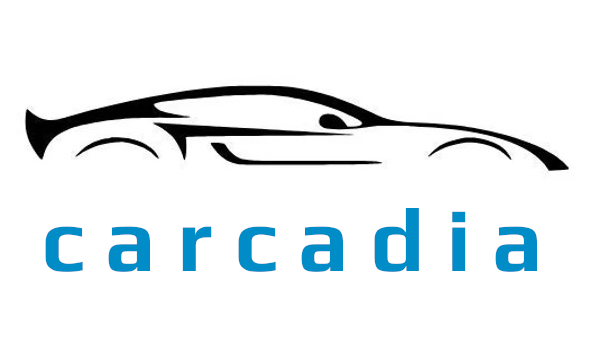
The V8 Engine
The V8 engine was first manufactured by a french company called Antoinette who built aeroplanes before WW1 in 1904. This unit was used In aircraft and adapted for vehicles and speedboats. The engine has eight cylinders with the eight pistons on the same crankshaft. Two banks of four pistons are arranged in a V shaped configuration usually at 90 degrees. This has the effect of effective engine balance and low vibration. The caveat is the size in width of the engine which was a problem with smaller vehicles. In later years, several manufacturers produced V8 engines using a 60 degree angle.
V8 engines generally are for larger rear wheel or all wheel drive vehicles, although there are exceptions such as the Northstar V8 fitted to the front wheel drive Cadillac STS model.



The first mass produced engines for the car market was manufactured by Cadillac from 1914. In 1932 Ford introduced the Flathead V8. America has been a large adopter of the V8 for its vehicles as consumer demand after WW2 was for larger vehicles which were suited with these larger engines. The lazy V8’s could coast the wide highways for many miles filled with inexpensive fuel for the period before the 1973 OPEC fuel crisis.
The exhaust burble and rumble notes from a V8 that make most car enthusiasts smile, are a product of the combination of the design of the exhaust manifold, the use of two exhaust systems, one for each bank of 4 cylinders and the uneven intake and exhaust firing between the two banks.
V8 engines are generally fitted with a cross-plane crankshaft or a flat-plane crankshaft design.
Cross-Plane Crankshaft
Normally a 90 degree with 4 crankpins, each serving two cylinders on opposite banks, at 90 degrees from the adjacent crankpins. Some crankshaft designs have heavy counterweights to retain the smoothness, but as a result of a heavy crankshaft, these engines are not as free revving.



Flat-Plane Crankshaft
The flat-plane crankshafts are generally lighter in weight as counterweights are not required. As they can sustain high revving, this crankshaft type is used in performance and racing cars.
Racing
Some engine designs incorporate variants of a cross plane or aflat plane crankshaft. Depending on the model of vehicle, the appropriate variant will be fitted. An example of this, is the Ferrari-Maserati family of engines fitted to cars. The 90 degree cross-plane crankshaft engines are fitted to Maserati’s, whilst the 180 degree flat-plane crankshaft engines are fitted to Ferrari models.
UK
A 1905 Rolls-Royce housed the first V8 engine in the UK which was a 3.5 litre 90 degree design. Other UK manufacturers followed with the Daimler V8 which ran for ten years from 1959, the mass produced Rover V8 that began life in 1967, Aston Martin in 1969 with the DBS V8 offering, Triumph for their Stag model from 1970 and Jaguar with an all aluminium V8 design in 1996. TVR constructed their own V8 engines over the 1996-2003 period. In more recent years McLaren built a twin turbo charged flat-plane V8 which was fitted to their vehicles from 2011.
Nautical
Various V8 units have been built by international manufacturers. Many outboard motor designs utilise V8 units. Companies such as Mercury, Yamaha and Honda, produce these marine engines today.
The Future
More recently, car manufacturers have dropped the V8 in favour of more fuel efficient powerplants and alternative drive methods such as hybrid and electric. In years to come, we may see the demise of the V8 and it will just be part of motoring history. For the moment, if you currently own a V8, enjoy it ! ©
